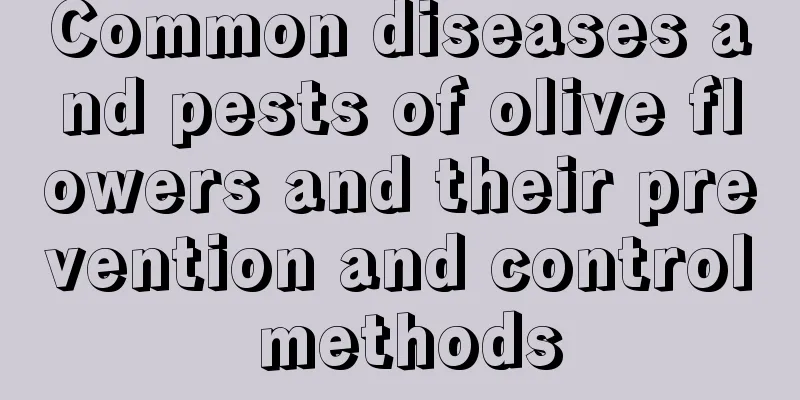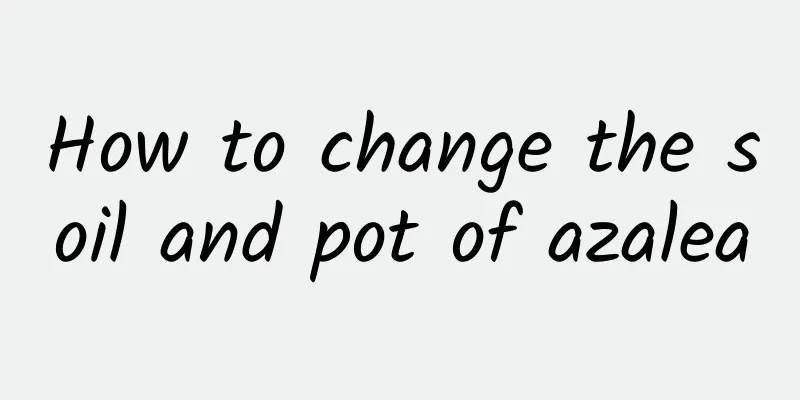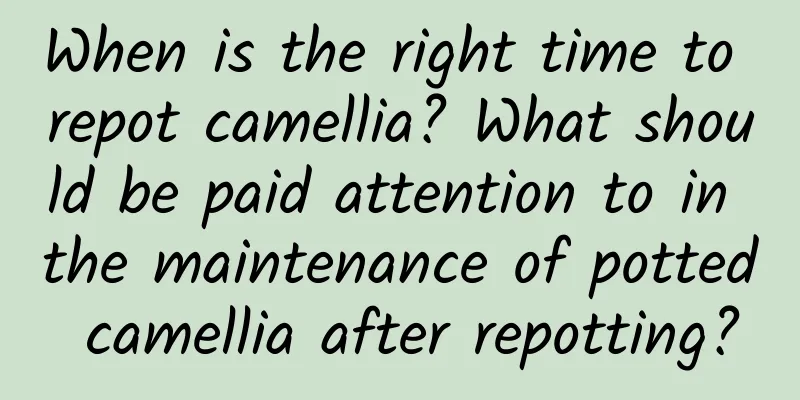Diseases and prevention methods of peony

Peony Diseases : Leaf MoldLeaf mold is a common disease of peony. In the early stage of the disease, purple-brown spots will appear on the leaves, and then gradually expand. The center of the spots is light brown, and the edges are dark purple-brown with wavy patterns. When the disease occurs in autumn, the markings on the leaves turn dark brown. This disease mainly occurs in April and May , and the chance of disease is greater in humid environments. Solution: Apply 800-1000 times diluted Bacteroidetes or Carbendazim in time, and pay attention to improving ventilation. Peony Diseases: Sclerotium rotWhite rot mainly appears on the soil surface. If you observe carefully, you will find white catkins appearing on the soil surface and rhizomes, and the plants will gradually wilt. The focus is on prevention of white rot, spray 500 times diluted carbendazim wettable powder once a month. Once the disease occurs, the diseased plants must be cut off in time, and new soil must be used and replanted. Peony diseases: blightThe disease can attack leaves, petioles and stems. The disease usually starts from the lower leaf surface, with water-soaked spots appearing, gray-green in the center and dark green at the edges, and then the leaves wilt and die. Solution: Spray 800~1000 times diluted thiophanate-methyl or carbendazim, or spray 400 times diluted copper amalgam for prevention and control. Peony Diseases: RustRegularly spray 500 times diluted 65% Mancozeb wettable powder or 0.3 to 0.4 degree diluted lime sulfur mixture once every 10 to 15 days for 3 to 4 times in a row to achieve certain results. Peony Diseases: Stripe DiseaseRing rot occurs on the leaves, initially appearing as brown circular spots that expand in concentric rings and turn yellow-brown or dark brown. The spots are often connected into irregular shapes and dry up in the later stages. The disease invades through wounds and is prone to occur in poor ventilation, high temperature and high humidity. Solution: Improve ventilation and spray 800~1000 times diluted thiophanate-methyl or carbendazim for treatment. |
<<: Common diseases and prevention methods of Milan flowers
>>: Disease control of oleander
Recommend
Cultivation methods and precautions of Hibiscus chrysanthemum
Plant habits Before introducing the specific meth...
How to cultivate banyan tree aerial roots
Selection of Banyan Tree Species and Cultivation ...
Does Christmas cactus need to be repotted in spring? Does it bloom in spring?
1. Does Christmas cactus need to be repotted in s...
Is Water Hyacinthus Toxic?
1. Is it toxic? In fact, it is not poisonous. Eic...
The role of Cyperus rotundus (Water Palm Bamboo)
The first function of water bamboo: ornamental ef...
What is snow vegetable?
What is snow vegetable? Snow vegetable is a veget...
Amazing! Vegetable bonsai that are more beautiful than flowers
Chinese cabbage carrot radish Lettuce, kale sweet...
The difference between cone and lithops
1. Different plant types The Conus and the latter...
The culture technology of Penaeus vannamei in high-position pond
The high-level pond farming of whiteleg shrimp is...
How to propagate crape myrtle
Grafting This method should be carried out betwee...
How to grow rubber trees quickly
1. Suitable temperature If you want the plants to...
Methods and steps for accelerating the germination of chrysanthemum chrysanthemum seeds, tips for sowing and planting chrysanthemum seeds
Method for accelerating germination of chrysanthe...
How to grow Spathiphyllum
1. Temperature Spathiphyllum is a tropical foliag...
What does the flower of the lucky tree look like? How to make the lucky tree bloom?
1. What kind of flowers Many people think that th...
Are there many mosquitoes when growing flowers in summer? Learn one trick to kill them all!
What to do if you find mosquitoes 1. Use mosquito...









